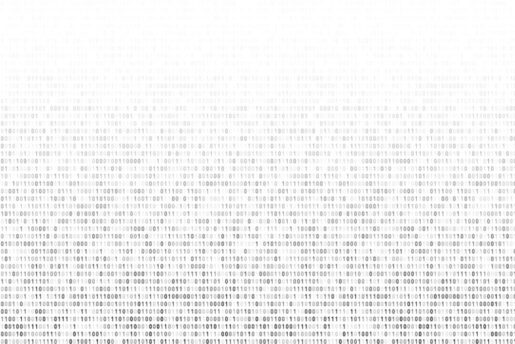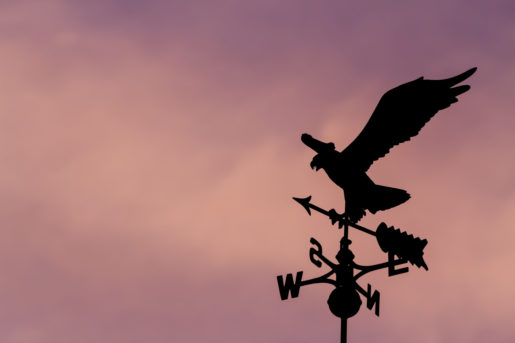A central purpose of the Access to Justice Lab (A2J Lab) is the development of new interventions aimed at closing the access to justice gap. In this article, we focus on the work that goes into crafting these interventions. (The next article, “Judging from Empirical Research,” explores how randomized control trials (RCTs) in the law can be used to measure whether or not they are effective.) While using an RCT or similar rigorous methods to test an intervention is critical to assessing whether it actually works, designing an intervention is far from a passive undertaking. Indeed, as the following sections make clear, designing an intervention is a complicated process involving ample research, collaboration among different disciplines, pretesting, and continuous tinkering. To highlight what goes into this design process, this article examines A2J Lab’s Debt Collection Default Study. It quickly becomes evident the level of thought, care, and expense that goes into intervention design—interventions, one must remember, that then still must be subjected to rigorous, real-world testing.
The problem of default
The problem presented itself when a Boston-based pro bono group called the Volunteer Lawyers Project (VLP) came to the A2J Lab with a strange predicament they were experiencing through their Fair Debt Collection Lawyer for the Day program. As with many similar lawyer-for-a-day programs across the country, the VLP sets up a table outside courtrooms where debt collection cases are held—in this case, the Boston Municipal Court—and offers pro bono assistance to low-income individuals, including offering advice, drafting pleadings, assisting with negotiations, and even arguing motions in front of a judge on behalf of a client. Their services are free and perfectly situated to help those who need it. The problem was that there were somehow too many volunteer lawyers and not enough clients seeking their free services. As Jim Greiner, a professor at Harvard Law School and the faculty director of the A2J Lab noted in A2J Lab’s 2017 showcase, these volunteer lawyers outnumbered the clients three to one. How is that possible? The simple answer: The clients—low-income debt collection defendants who would benefit from the VLP’s pro bono services—were simply not showing up to court.
It turns out that if defendants simply show up to contest their case, they have a very good shot at winning.
One might ask if this is actually a problem. Perhaps clients simply do not want—or need—any assistance in their debt cases. However, data shows that the issue is not that clients are actively declining the program’s services. According to a 2010 report by the Federal Trade Commission, defendants fail to participate in upwards of 95 percent of debt collection lawsuits. When these individuals do not participate, they are not contesting the claims of the plaintiffs—usually credit card companies or debt purchasers—and thus the plaintiffs win automatically. And these rulings, of course, have consequences. Irrespective of the reasons defendants fail to appear—and the reasons range from being overwhelmed by their life circumstances (remember, these are debt collection lawsuits) to believing they had already paid their debt to simply not understanding what was required of them based on the court notice—this is the defendants’ opportunity to have an impartial judge hear their side of the story before a ruling is made.
Again, one might ask: Why is this a big deal? It turns out that if defendants simply show up to contest their case, they have a very good shot at winning. With default numbers as high as they are, it is often not cost-effective for plaintiffs to produce evidence that supports their case—to the extent that there even is good evidence! (Debt is often bought and sold such that who owes what is often a complicated question.) If the debt collectors (the plaintiffs) are arguing their case against empty chairs, why even bother expending resources gathering evidence? Moreover, in these types of lawsuits, the burden of proof is on the plaintiff. So, if a defendant shows up and simply asks, “Where is the proof?” there is a significant possibility that he or she will hear crickets. From there, the defendant can win or at least settle for a more affordable debt.
Given this situation, the question facing the A2J Lab was: How do we design an intervention to get people to simply show up for court? Debt collection default is a problem plaguing courts across the country, so the intervention ought to be scalable. It should also be cost-effective since available resources at courts and pro bono organizations are sure to be limited. That meant delving into the facts of individual cases was not realistic. Moreover, there were strict capacity issues associated with personnel and available information. For instance, addresses were available, but phone numbers were not, meaning that text messages or phone calls were a nonstarter. Similarly, social media was not used. The only realistic solution in terms of costs and feasibility, the A2J Lab reasoned, was a mailing campaign to deliver self-help materials applicable to the widest possible audience of debt collection defendants.
What would you do?
Put yourself in the position of the A2J Lab. You can expect to know only:
- The name of the plaintiff
- The name of the plaintiff’s attorney
- The name of the defendant
- The defendant’s address
- The court date and location
The plaintiff’s information can often tell you whether you are dealing with a debt purchaser or an original issuer such as a credit card company. The defendant’s address, the A2J Lab found, is not always guaranteed to be accurate, but it remains the most reliable connection to the defendant for the purposes of making contact. Moreover, we do not know—or have a cost-effective way of determining—phone numbers.
What do you do? Let’s say you decide, like the A2J Lab, to go with mailings. How should they look and feel? What information should they contain? What research, if available, would help you better design these mailings? What would you do under these constraints to design an intervention that will get the largest possible number of debt collection defendants to show up for court at the lowest possible cost?
These questions were posed to attendees of the Lab’s 2017 showcase in a brainstorming exercise. Here is an example (click to enlarge) of how just one group responded:
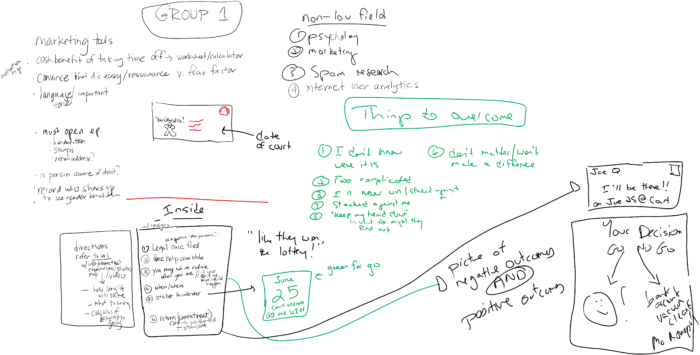
Designing an intervention
Once the A2J Lab determined that mailing self-help and other informational materials to debt collection defendants was the best way forward, the task turned to design. The mailings needed to be constructed in such a way that defendants would do three things: Open them, read them, and act on them. (Acting on them required defendants to fill out and mail back a form to the court and the plaintiff’s lawyers.) To accomplish all this, it was necessary to reason why defendants were staying home in the first place. On the basis of interviews with defendants, the Lab found most did not attend because they were overwhelmed, misinformed, or confused by the process. The mailings had to break through all of that.
The A2J Lab started its design process by looking for lessons outside of the law and, in particular, adult and health education. Lesson one, from adult education: Illustrations presented in relation to a text tend to improve the reader’s comprehension of that text. Lesson two, from health education: Including illustrations with related text can influence the reader to pay closer attention to that text. Simply put, when that text consists of instructions, the reader will be more likely to follow them if there are corresponding illustrations. Research by J. M. H. Moll found that—in the medical context—illustrations also often succeed in conveying detailed information because, in addition to demonstrating the message of the text, they work to put the reader at ease. As anyone who has dealt with the average court system knows, however, court forms are typically exclusively text-based.
We needed a character that the reader could identify with, because a big part of this project was getting people to confront a very scary situation.
Hallie Jay Pope, president of the Graphic Advocacy Project
Faced with the task of not just instructing overwhelmed, misinformed, and/or confused debt collection defendants, but actually moving them to act where they are otherwise averse to acting, the Lab landed on what became one of its most valuable tools: cartoons. And, taking these lessons to heart, a compelling protagonist emerged in their early attempts: Blob. Hallie Jay Pope, creator of Blob and founder and president of the Graphic Advocacy Project, spoke with The Practice about the process that went into drawing cartoons for access-to-justice interventions, such as the self-help mailings employed in the Debt Collection Default Study.
Knowing she needed a character to stand in for the reader and demonstrate the Lab’s instructions, Pope first had to ask: What should this character look like? Again, the idea was to appeal to the widest possible audience. “The style possibilities are endless, but general cartooning wisdom says that people are more easily able to imprint onto characters that are simpler,” says Pope. In these mailings, that simplicity was more crucial than ever. She explains:
We needed a character that the reader could identify with, because a big part of this project was getting people to confront a very scary situation. You know, being in debt is very scary. Now, whether or not this particular debt was theirs or was correctly recorded is another question, but some of them probably were actually facing debt. And going to court is extremely scary. Even as a lawyer, I find court intimating. I can only imagine how intimidating it is for people who aren’t lawyers. It was therefore important to create a character who could show people: You can do this! We also needed to have a character that would appeal and be identifiable to people of different races, different genders, different ages. So, I went to my tablet and cranked out a couple of possible characters. Blob was the first one I did.

Blob fit the bill. A testament to his or her name, Blob is a semiamorphous humanoid that lacks all distinguishing human features save for geometrically simple versions of a head (with a couple of dots serving as eyes), a torso, two arms, and two legs. Blob, as Pope noted, has neither gender nor race. Any other features are applied purely on an as-needed basis—say, for example, if eyebrows were necessary to indicate an emotion. From there, one can construct variations of this character to better illustrate the information in the self-help materials. For instance, Blob could be adapted in ways to identify a person’s role (for example, a judge Blob with a robe) or to depict a specific emotion (for example, Blob with frowned eyebrows). Whatever the combination, Pope notes that “it works because they don’t look enough like humans for that to be jarring or frightening.”
This is the type of thinking that went into designing a character from scratch, which was the first half of the process. The other half was incorporating that character into a cartoon to convey a specific concept. As with character creation, this was an iterative process within the A2J Lab.
Figure 1 shows four sequential iterations of the same Blob cartoon used for the initial Debt Collection Default Study. Over the course of this process, Pope and the A2J Lab team went back and forth identifying possible ways to improve the cartoon for their purposes. After each draft, they removed or altered secondary details to make the cartoon convey its message as clear as possible for the intended audience. For instance, notice the mailbox in the series of cartoons below. In Pane 1, the mailbox looks like one you might see in any suburban neighborhood and is used to convey the message that the defendant has to fill out a form and mail it back to the court. The problem, A2J Lab researchers realized, was that the majority of Boston Municipal Court cases originated at city addresses. And, as anyone who has lived in a city knows, mailboxes look very different in town than in the suburbs (Panes 2–4). In this way, a small tweak was meant to unlock and simplify the message of the cartoon for more of the people it was intended to reach.
Figure 1. The evolution of an A2J Lab cartoon
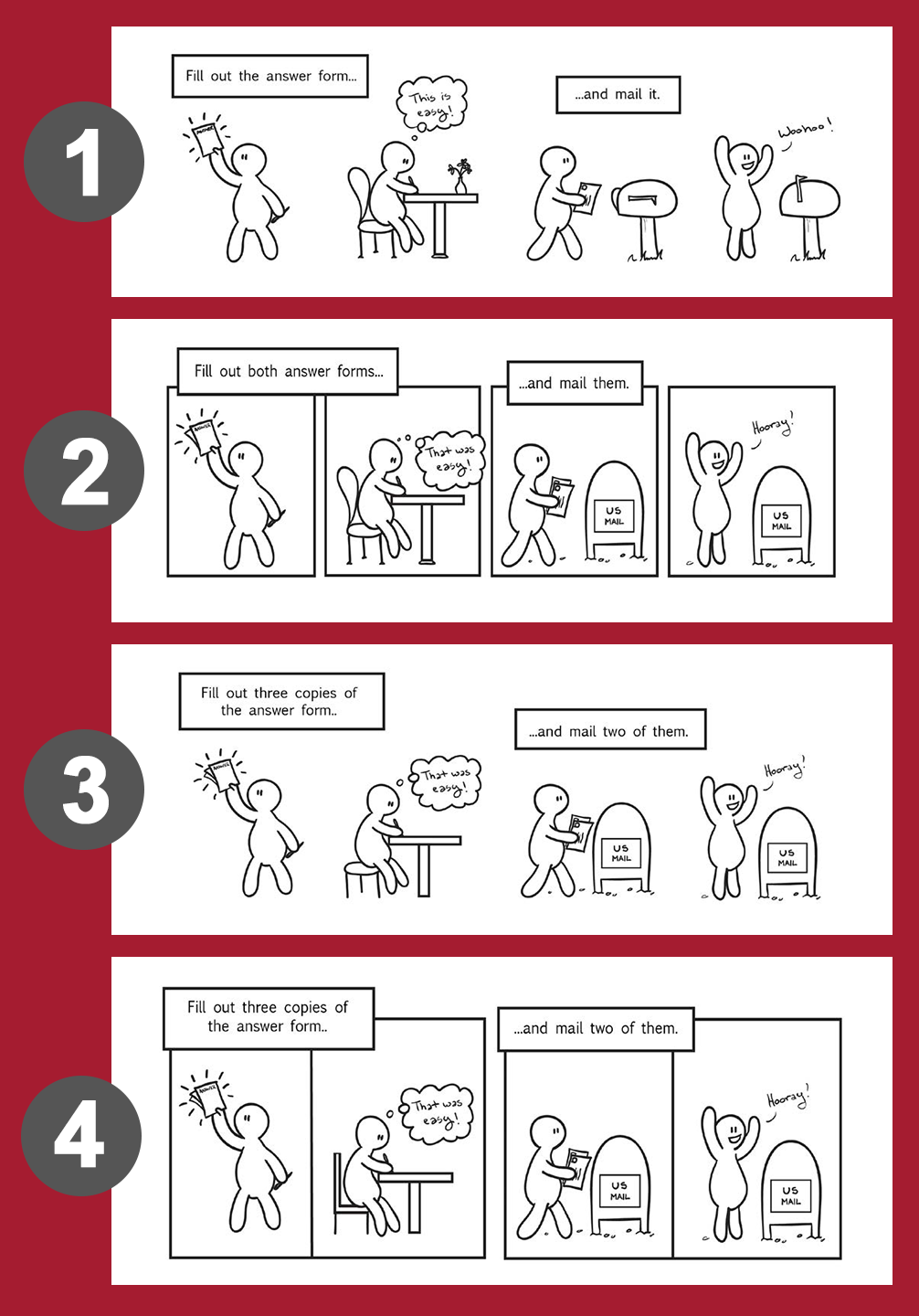
Source: The A2J Lab’s Debt Collection Default Study
This attention to detail reverberated throughout the design of the intervention. The Lab was meticulous about everything from the envelope containing the self-help materials to the specific language in the text of the materials themselves. In each case, the key was imparting the necessary knowledge in a clear and meaningful way—all with the ultimate goal of getting the defendant to show up at court. Thus, rather than use the VLP’s contact information to populate the return address, the Lab inserted an image of Blob. The theory was, over time, the image of Blob would become associated with trust and the defendant would be more likely to open the envelope. Research into junk mail also suggested that a person is more likely to open an envelope if it is larger, white, and exceeds a mass of 20 grams, just to name a few examples. Junk mail research also found that having an authoritative logo or other identifying device was critical. These were important insights for the A2J Lab—opening the mailing was the first action they were trying to to elicit from defendants and a sine qua non for the intervention to be effective.
Then, once opened, the actual text of the mailings had to be carefully thought out. Here, research into psychology came into play. The Lab hypothesized that rather than a strict cost-benefit analysis or appeal to “procedural justice,” the most important message to communicate to defendants is a more “gut level” or emotionally evocative message. As Greiner and Andrea Matthews write:
The motivational issue involves a defendant’s negative feelings toward the process of litigation, which may stem from a lack of belief in the legitimacy of the court, a conditioned fear or trepidation response to the unfamiliar (here, court proceedings), or more general pressures associated with a life in financial distress. We perceived, through interviews with defendants, through sparse literature on civil legal services, and through our own court experiences, a psychological state of helplessness and lack of self-agency that our intervention sought to combat. This was the motivating concept behind much of our content, including images of Blob looking calm and happy; an image of Blob thinking “that was easy!”; images of Blob exclaiming “Hooray!”; and statements like “Help is on the way!” and “You can do this!”
Greiner and Matthews go on to note that the letter did contain references to both cost-benefit rationales as well as those for procedural justices. However, as Figure 2 makes clear, the first page of the letter highlighted messages like “Don’t get tricked” and “You can do this!” In other words, the letter gave primacy to emotional appeals.
The Graphic Advocacy Project
After combining her legal and artistic backgrounds to create Blob, Hallie Jay Pope went on to found the Graphic Advocacy Project (GAP). “Working with the Access to Justice Lab was the first time I really got a chance to blend art and legal advocacy,” says Pope. “I didn’t really start thinking about it as a viable career option until a few years later.” She continues, “Now, law and design is a burgeoning field, which is great because it is the perfect marriage of things I really care about: legal advocacy and art in service of social justice. So that’s how I ended up here at GAP.”
What is GAP? Pope explains:
“The Graphic Advocacy Project is seeking to deal with the problem of everyday people being affected by the law but not being able to understand it, because law has really—in a lot of ways—intentionally been obscured. It’s confusing, even to people who are lawyers and read legal briefs every day. The purpose of GAP is to make law accessible to everyone. We do that using visual communication tools. That can be comics, animation, data visualization, typography, and layout. These are really powerful tools that lawyers don’t generally think to use or have training in how to use, but they’re known to be extremely effective in conveying complex concepts, like legal concepts. And that’s why Professor Greiner [faculty director of the Access to Justice Lab] was looking for a law student who could draw, because he’d done all this research and found, “Oh hey, look at these other fields. They all say that using pictures in combination with words really helps drive home these complicated points.” And so that’s GAP’s mission: to work with social justice advocates to deliver legal information to people in a way that’s clear and informative and engaging.”
GAP works with clients by incorporating visual aids that help them accomplish their goals—whether they are a legal service provider, law school clinic, or other organization. Because GAP sits at the intersection of design and law, it is uniquely positioned to handle complex legal concepts and render them in a visually palatable and coherent format. As Pope quickly learned, this crossover expertise has generated significant buy-in from clients. Apart from the Access to Justice Lab, GAP has undertaken projects with the NAACP Legal Defense and Educational Fund, the American Civil Liberties Union, and the Massachusetts Law Reform Institute.
Finding what works
So what did the Lab do—and what worked? To ascertain which iterations of their self-help mailings were most effective, the A2J Lab constructed an RCT (see “Judging from Empirical Research” to learn more about RCTs in the law) whereby they randomized defendants into one of three groups: one with “limited” treatment, one with “maximal” treatment, and a control group with no treatment at all.
Treatment group A: limited treatment
- A letter from the legal services provider
- Three copies of a check-box-style “answer form”
- Business envelopes preaddressed to the court and the plaintiff’s attorney
- A map to the courthouse
- A sticky note appropriate for a wall calendar saying “Go to Court Today!”
Treatment group B: maximal treatment
- A postcard with the signature Blob cartoon, stating: “Dear [Recipient Name], Help is on the way. Look for me!” Next to “me” was a hand-drawn arrow pointing to an image of Blob.
- The next day, we mailed the defendant the same manila envelope (with corresponding contents) that those in the limited treatment group received, except that the two business envelopes to the court and to the plaintiff’s attorney had stamps.
Control group: no mailing
Figure 2. Letter from the legal services provider
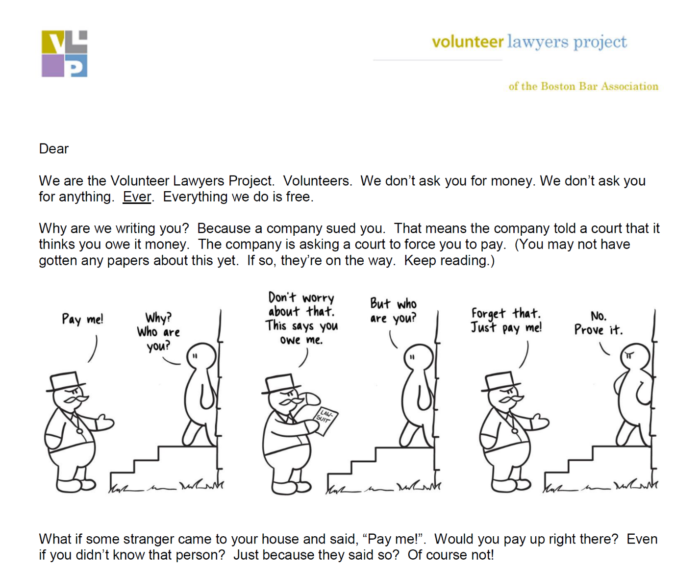
When the results were in, the Lab tracked outcomes. The two particular outcomes of interest were whether the defendant filed an answer to the court and whether the defendant attended the first court hearing (see Figure 3 below). In either case, there was no statistically significant difference between the limited treatment group and the maximal treatment group. There was, however, a large and statistically significant difference between the two treatment groups and the control group. Defendants who received one of the two treatments were roughly twice as likely to both answer the court notice and appear for their first hearing.
What does this mean? In short, the treatments worked. Those who received some intervention were more likely to both respond and appear than those who did not get informational mailings of any kind.
Figure 3. Debt Collection Default Study Part One Results
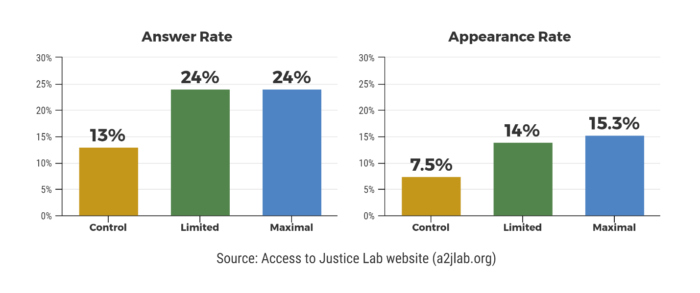
With these initial results in, the A2J Lab now proceeds to the next phase of the study, expanding it to include more legal service providers than the VLP and more court locations than the Boston Municipal Court, including both civil and small claims courts. This next phase gives the Lab the opportunity to tweak some of the study’s variables and measure whether they were more or less effective than an alternative. For example, the Lab is interested in learning just how effective the cartoons (versus, for example, some other aspect of the mailing and intervention) really were in increasing defendant participation. Thus, in the new study, pro se litigants sued in debt collection proceedings will be randomized to receive one of three different letters encouraging them to appear. Some letters have cartoons, some have only text, and some include three languages in addition to English. The study is also being run with both civil and small claims courts. For small claims cases, some letters will be sent out immediately after the court date is scheduled, and some letters will be mailed closer to the court date. For civil cases, in which defendants must file an answer to receive a court date, the Lab is randomizing which people receive additional letters that remind them to show up for their first court date.
The end goal of this new phase of the Debt Collection Default Study is similar to everything the A2J Lab does: to use empirical research in search of effective solutions to problems in access to justice. More to the point, where no solutions have presented themselves, the A2J Lab aims to devise new methods that heed lessons from fields outside the law and shape them into proven solutions through rigorous testing. The process for designing these new methods is itself an iterative process of taking the lessons, or research, that exists; applying them to the problem at hand in the form of an intervention; and then refining the intervention until it is as effective as possible. The results speak for themselves.


